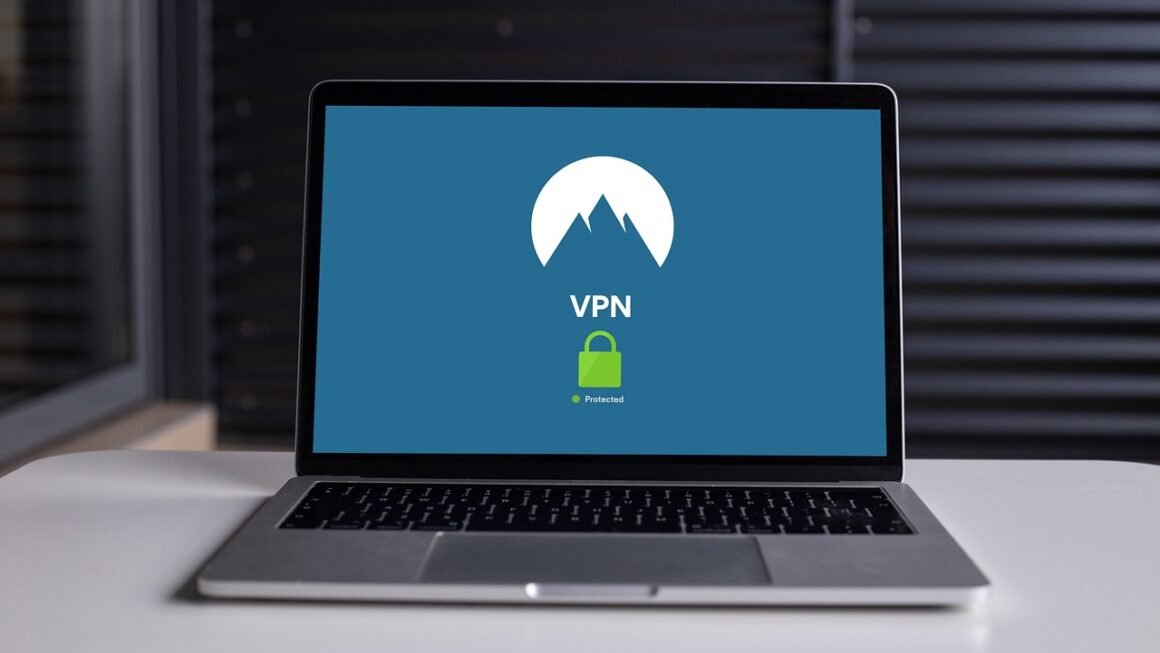Firewall rules are the unsung heroes of network security, silently guarding our digital assets from a relentless barrage of threats. They act as a gatekeeper, meticulously examining network traffic and deciding whether to allow or block it based on pre-defined criteria. Understanding and effectively configuring firewall rules is crucial for individuals and organizations alike to maintain a secure and reliable network environment. This article will delve into the intricacies of firewall rules, providing you with the knowledge and practical insights necessary to fortify your digital defenses.
Understanding Firewall Rules
What are Firewall Rules?
Firewall rules, also known as access control lists (ACLs), are sets of instructions that tell a firewall how to handle network traffic. They define criteria for allowing or denying packets based on various attributes like source and destination IP addresses, ports, protocols, and more. In essence, they are the decision-making engine of your firewall, ensuring that only authorized traffic reaches its intended destination. A properly configured firewall acts as the first line of defense against unauthorized access and malicious attacks.
How Firewall Rules Work
Firewalls inspect incoming and outgoing network traffic, comparing each packet against the configured rules. The firewall processes the rules in a sequential order, typically from top to bottom. When a packet matches a rule, the associated action (allow or deny) is executed. If no rule matches a packet, a default policy, also pre-configured, determines whether the packet is accepted or rejected. This default policy should ideally be set to “deny all” for maximum security.
Consider this scenario:
- Rule 1: Allow all traffic from IP address 192.168.1.10 (a trusted internal server) to any destination on port 80 (HTTP).
- Rule 2: Deny all traffic from IP address 10.0.0.5 (a known malicious source).
- Default Policy: Deny all other traffic.
A packet originating from 192.168.1.10 destined for a web server would be allowed by Rule 1. A packet originating from 10.0.0.5 would be blocked by Rule 2. Any other packet not matching these rules would be blocked by the default policy.
Importance of Well-Defined Rules
Poorly configured firewall rules can lead to a variety of problems:
- Security vulnerabilities: Overly permissive rules can create loopholes that attackers can exploit to gain unauthorized access.
- Network performance issues: Complex and poorly optimized rules can slow down network traffic and impact application performance.
- Service disruptions: Blocking legitimate traffic can disrupt critical services and impact business operations.
- Compliance violations: Many regulatory frameworks require organizations to implement proper firewall controls.
According to a Verizon Data Breach Investigations Report, misconfigured firewalls are a contributing factor in a significant number of data breaches, highlighting the critical importance of getting them right.
Key Components of Firewall Rules
Source and Destination IP Addresses
These specify the IP addresses or address ranges that the rule applies to. You can define specific IPs, entire subnets, or even use keywords like “any” to apply the rule to all addresses.
- Example: Allow traffic only from the internal network 192.168.1.0/24.
Source and Destination Ports
Ports identify specific applications or services running on a device. Common ports include 80 (HTTP), 443 (HTTPS), 21 (FTP), and 22 (SSH).
- Example: Allow incoming traffic on port 443 (HTTPS) to enable secure web browsing.
Protocol
This specifies the type of network protocol used, such as TCP, UDP, or ICMP.
- Example: Allow ICMP (ping) traffic for network troubleshooting. However, best practice is to disable this in production unless specifically needed, as it can be used for reconnaissance by attackers.
Action (Allow/Deny)
This determines whether the traffic matching the rule is allowed to pass or blocked.
- Allow: Permits the traffic to pass through the firewall.
- Deny: Blocks the traffic from passing through the firewall.
Log
Many firewalls offer the option to log traffic that matches a rule. This is invaluable for auditing and troubleshooting purposes.
- Example: Log all denied traffic to identify potential attacks or misconfigurations.
Best Practices for Creating Effective Firewall Rules
Follow the Principle of Least Privilege
Only allow the minimum necessary traffic required for applications and services to function correctly. Avoid overly permissive rules that could expose your network to unnecessary risk. Start with a restrictive “deny all” policy and then selectively allow specific traffic.
Document Your Rules
Maintain clear and concise documentation for each firewall rule, explaining its purpose, the rationale behind it, and the date it was created or modified. This will greatly simplify troubleshooting and maintenance.
Regularly Review and Audit Your Rules
Firewall rules should be reviewed and audited regularly to ensure they are still relevant and effective. Outdated or unnecessary rules should be removed or updated.
Use Descriptive Naming Conventions
Use clear and descriptive names for your rules to make them easier to understand and manage. For example, instead of “Rule 1,” use “Allow-Web-Traffic-From-Internal.”
Implement Rule Ordering
Pay attention to the order of your rules. Rules are typically processed from top to bottom, so more specific rules should be placed before more general rules.
Test Your Rules Thoroughly
Before deploying any new or modified firewall rules, test them thoroughly in a non-production environment to ensure they are working as expected and do not disrupt critical services.
Leverage Firewall Management Tools
Consider using firewall management tools to simplify the creation, management, and monitoring of your firewall rules. These tools often provide features such as rule optimization, reporting, and alerting.
Common Firewall Rule Examples
Allowing Web Traffic (HTTP/HTTPS)
“`
Rule Name: Allow-Web-Traffic-Inbound
Source: Any
Destination: Your Web Server IP Address
Destination Port: 80 (HTTP), 443 (HTTPS)
Protocol: TCP
Action: Allow
“`
This rule allows inbound web traffic from any source to your web server.
Allowing SSH Access from a Specific IP Address
“`
Rule Name: Allow-SSH-From-Admin
Source: Your Admin IP Address (e.g., 192.168.1.20)
Destination: Your Server IP Address
Destination Port: 22 (SSH)
Protocol: TCP
Action: Allow
“`
This rule allows SSH access only from your designated administrator’s IP address.
Blocking Traffic from a Known Malicious IP Address
“`
Rule Name: Block-Malicious-IP
Source: Malicious IP Address (e.g., 10.0.0.5)
Destination: Any
Protocol: Any
Action: Deny
“`
This rule blocks all traffic from a specific malicious IP address.
Allowing DNS Resolution
“`
Rule Name: Allow-DNS-Outbound
Source: Your Internal Network (e.g., 192.168.1.0/24)
Destination: Your DNS Server IP Address (e.g., 8.8.8.8, 1.1.1.1)
Destination Port: 53 (DNS)
Protocol: UDP
Action: Allow
“`
This rule allows computers on your internal network to resolve DNS requests. TCP might also be required depending on DNS configuration.
Conclusion
Firewall rules are a fundamental component of network security. By understanding how they work, following best practices, and regularly reviewing and auditing your rules, you can significantly improve your network’s security posture and protect your valuable data from unauthorized access and malicious attacks. Effective firewall management is an ongoing process, requiring vigilance and a proactive approach to stay ahead of evolving threats.



